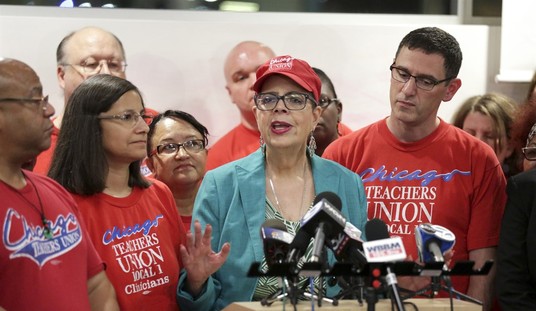The United States is one of the world’s economic powerhouses. It is open, with strong infrastructure and competitive markets, and its productive capacity is higher than almost all similar countries. But genuine prosperity is about far more than a society’s economy or an individual’s wealth; it represents an environment in which everybody is able to reach their full potential and aspire to the American Dream. The most recent Legatum Prosperity IndexTM shows that the U.S. underperforms in areas such as safety and security, health, and living conditions, acting as barriers to this aspiration. Why?
The United States Prosperity Index (USPI) was developed to ascertain why America’s undeniable economic success is not translating into social wellbeing for Americans, and why its prosperity is not evenly distributed across the country. The USPI provides a comprehensive picture of the institutional, economic, and social aspects of prosperity for all 50 states of the Union plus Washington D.C. It covers the 10 years up to early 2020, reflecting the situation before the coronavirus pandemic struck, and is, therefore, a helpful lens through which to consider the various dimensions and effects of the virus—from the transmission and the health response to resilience through digital connectivity and social capital, as well as fiscal resilience to the economic impacts.
In general, it is the most densely populated, well-connected areas of the U.S. that have been most impacted by the virus. Strong infrastructure, and particularly a robust transport system, provides significant economic benefits, enabling goods, people, and ideas to come into and spread around the country. But this same infrastructure can also be a transmission vehicle for pathogens, as demonstrated in New York City this year. It was in and from NYC that the outbreak grew as infected people arrived from outside the country and journeyed on to areas such as Ohio, Wisconsin, Louisiana, Texas, Arizona, Idaho, and the West Coast.
Recommended
The quality of the healthcare system and its ability to respond to the pandemic has been a critical factor in local responses to the virus. The experience of Washington state, which is ranked highly in the USPI for its care systems, is instructive—although Seattle was home to the first case of the virus in the country, the Governor was able to dismantle an emergency field hospital that had been set up in the city because it was not needed and send hundreds of ventilators back to the Strategic National Stockpile. Meanwhile, in Massachusetts, which ranks 1st in the USPI for preventative interventions, the Beth Israel Deaconess Medical Center has been at the forefront of the race to develop a coronavirus vaccine.
In addition to the health response, the social measures taken to contain the virus, such as stay-at-home orders and distancing guidelines, elicited a wide range of reactions and responses across the U.S. In general, authorities in places where there is a high degree of confidence in institutions find it easier to dial measures up and down as required to protect public health. Many areas where institutional trust is low, such as California, Ohio, and Oregon, have seen large protests and widespread acts of defiance against lockdown restrictions.
In a time of forced isolation, people become more reliant on a combination of social networks and digital connectedness. However, these do not often coincide—people living in more densely populated cities are much more likely to have strong broadband connections and high rates of smartphone ownership than those living in rural areas, but less likely to have strong connections with neighbors.
Furthermore, those states and cities with stronger economic quality, and in particular fiscal sustainability, which provides the resilience needed to deal with economic shocks, will be better placed to handle the increasingly important financial consequences of the pandemic, as tax revenues from residents and businesses decline.
The USPI illustrates those areas of the country that have been more vulnerable to the spread of the coronavirus and more resilient to its health and socio-economic impacts. It can also help frame an agenda through which states and cities can address the challenges they’re facing so they can emerge even more prosperous in a post-COVID world.
There is much to be hopeful about when considering prosperity in the U.S. Its high global ranking and historic improvement will provide a strong foundation upon which to build a recovery. But policymakers and influencers must recognize the interconnectedness of the many different elements of prosperity and focus on the broader implications of institutional, economic, and social policies. Only by utilizing such a holistic approach, as framed through the Index but supplemented with local insight and demographic data, can policymakers develop and target interventions that will lead to increased prosperity for all Americans.
—Shaun Flanagan is the Director of the Centre for Metrics at the Legatum Institute in London

























Join the conversation as a VIP Member